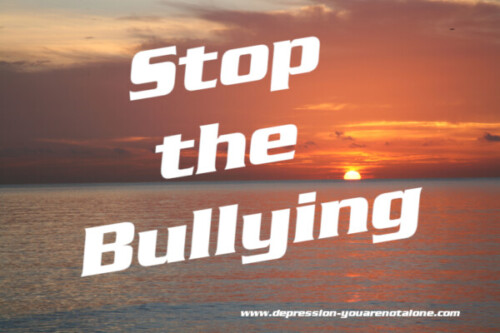Bullying: Who Is at Risk
No single factor puts a child at risk of being bullied or bullying others. Bullying can happen anywhere—cities, suburbs, or rural towns. Depending on the environment, some groups—such as lesbian, gay, bisexual, transgender or questioning (LGBTQ) youth, youth with disabilities, and socially isolated youth—may be at an increased risk of being bullied. Stigma can also spread false and harmful information that can lead to increasing rates of bullying, harassment, and hate crimes against certain groups of people.
Children at Risk of Being Bullied
Generally, children who are bullied have one or more of the following risk factors:
- Are perceived as different from their peers, such as being overweight or underweight, wearing glasses or different clothing, being new to a school, or being unable to afford what kids consider “cool”
- Are perceived as weak or unable to defend themselves
- Are depressed, anxious, or have low self esteem
- Are less popular than others and have few friends
- Do not get along well with others, seen as annoying or provoking, or antagonize others for attention
However, even if a child has these risk factors, it doesn’t mean that they will be bullied.
Children More Likely to Bully Others
There are two types of kids who are more likely to bully others:
- Some are well-connected to their peers, have social power, are overly concerned about their popularity, and like to dominate or be in charge of others.
- Others are more isolated from their peers and may be depressed or anxious, have low self esteem, be less involved in school, be easily pressured by peers, or not identify with the emotions or feelings of others.
Children who have these factors are also more likely to bully others;
- Are aggressive or easily frustrated
- Have less parental involvement or having issues at home
- Think badly of others
- Have difficulty following rules
- View violence in a positive way
- Have friends who bully others
Remember, those who bully others do not need to be stronger or bigger than those they bully. The power imbalance can come from a number of sources—popularity, strength, cognitive ability—and children who bully may have more than one of these characteristics.
Additional Resources
That Long Pause was Really a Seizure: Understanding Epilepsy and Bullying
Source: stopbullying.gov

